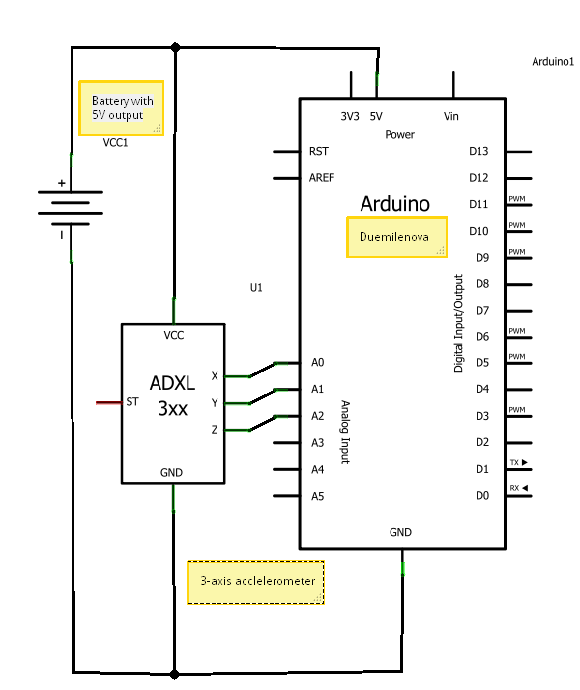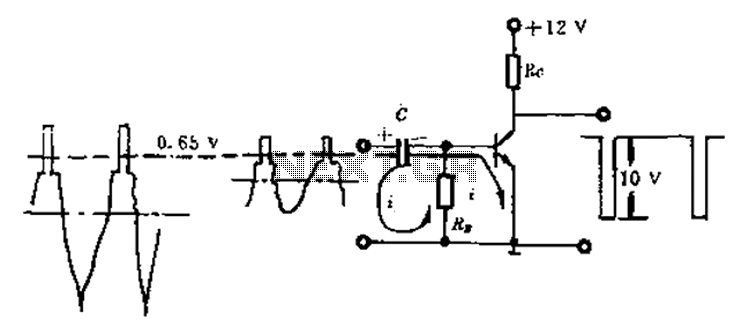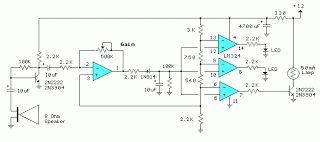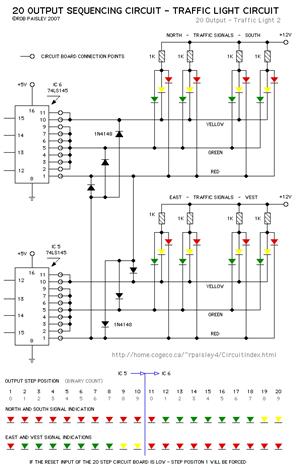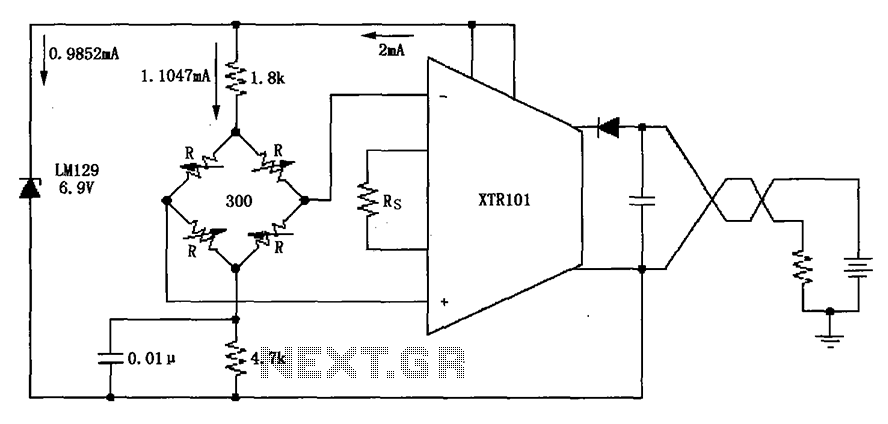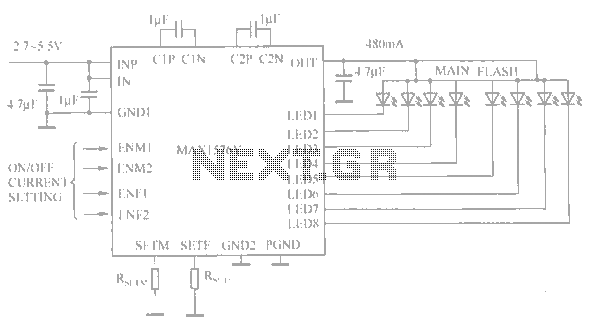
Analog frequency meter circuit
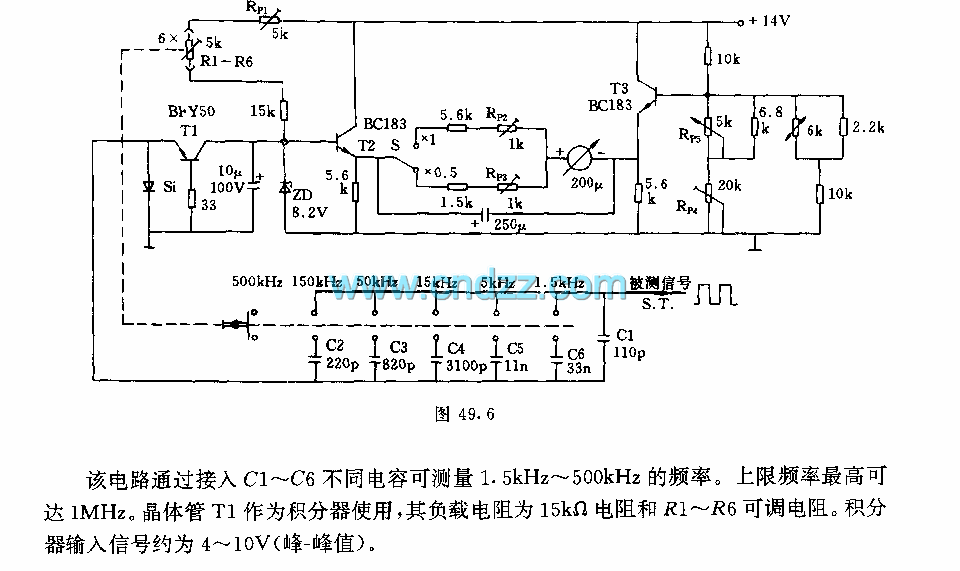
The circuit is capable of measuring frequencies ranging from 1.5 kHz to 500 kHz by connecting different capacitors, C1 to C6. It can handle a maximum frequency of up to 1 MHz. Transistor T1 serves as the integrator, with a load resistor value of 15 kΩ, along with adjustable resistors R1 to R6. The input signal for the integrator is approximately 4 to 10 V (peak-to-peak value).
The described circuit functions as a frequency measurement tool, utilizing a combination of capacitors and an operational amplifier configuration. The frequency measurement range is established through the selection of capacitors C1 to C6, which allow for tuning the circuit to the desired frequency. The frequency range of 1.5 kHz to 500 kHz indicates that the circuit is suitable for various applications, including audio signal processing and communication systems.
Transistor T1, acting as an integrator, plays a critical role in converting the input frequency signal into a corresponding voltage output. The load resistor of 15 kΩ is essential for setting the gain and ensuring stable operation of the integrator. The adjustable resistors R1 to R6 provide flexibility in tuning the circuit parameters, allowing for precise adjustments based on the specific application requirements or input signal characteristics.
The input signal range of 4 to 10 V (peak-to-peak) indicates that the circuit is designed to handle moderate signal levels, making it suitable for interfacing with various signal sources without the need for extensive signal conditioning. Overall, this frequency measurement circuit is designed with versatility and precision in mind, enabling effective frequency analysis across a wide range of applications.The circuit can measure the frequency between 1. 5kHz ~ 500kHz by connecting C1 ~ C6 different capacitors. The maximum frequency is up to 1MHz. Transistor T1 can be used as the integrator, and its load resistor is 15k © resistor and R1 ~~ R6 adjustable resistors. Integrator`s input signal is about 4 to 10V ( peak - peak value). 🔗 External reference
The described circuit functions as a frequency measurement tool, utilizing a combination of capacitors and an operational amplifier configuration. The frequency measurement range is established through the selection of capacitors C1 to C6, which allow for tuning the circuit to the desired frequency. The frequency range of 1.5 kHz to 500 kHz indicates that the circuit is suitable for various applications, including audio signal processing and communication systems.
Transistor T1, acting as an integrator, plays a critical role in converting the input frequency signal into a corresponding voltage output. The load resistor of 15 kΩ is essential for setting the gain and ensuring stable operation of the integrator. The adjustable resistors R1 to R6 provide flexibility in tuning the circuit parameters, allowing for precise adjustments based on the specific application requirements or input signal characteristics.
The input signal range of 4 to 10 V (peak-to-peak) indicates that the circuit is designed to handle moderate signal levels, making it suitable for interfacing with various signal sources without the need for extensive signal conditioning. Overall, this frequency measurement circuit is designed with versatility and precision in mind, enabling effective frequency analysis across a wide range of applications.The circuit can measure the frequency between 1. 5kHz ~ 500kHz by connecting C1 ~ C6 different capacitors. The maximum frequency is up to 1MHz. Transistor T1 can be used as the integrator, and its load resistor is 15k © resistor and R1 ~~ R6 adjustable resistors. Integrator`s input signal is about 4 to 10V ( peak - peak value). 🔗 External reference
